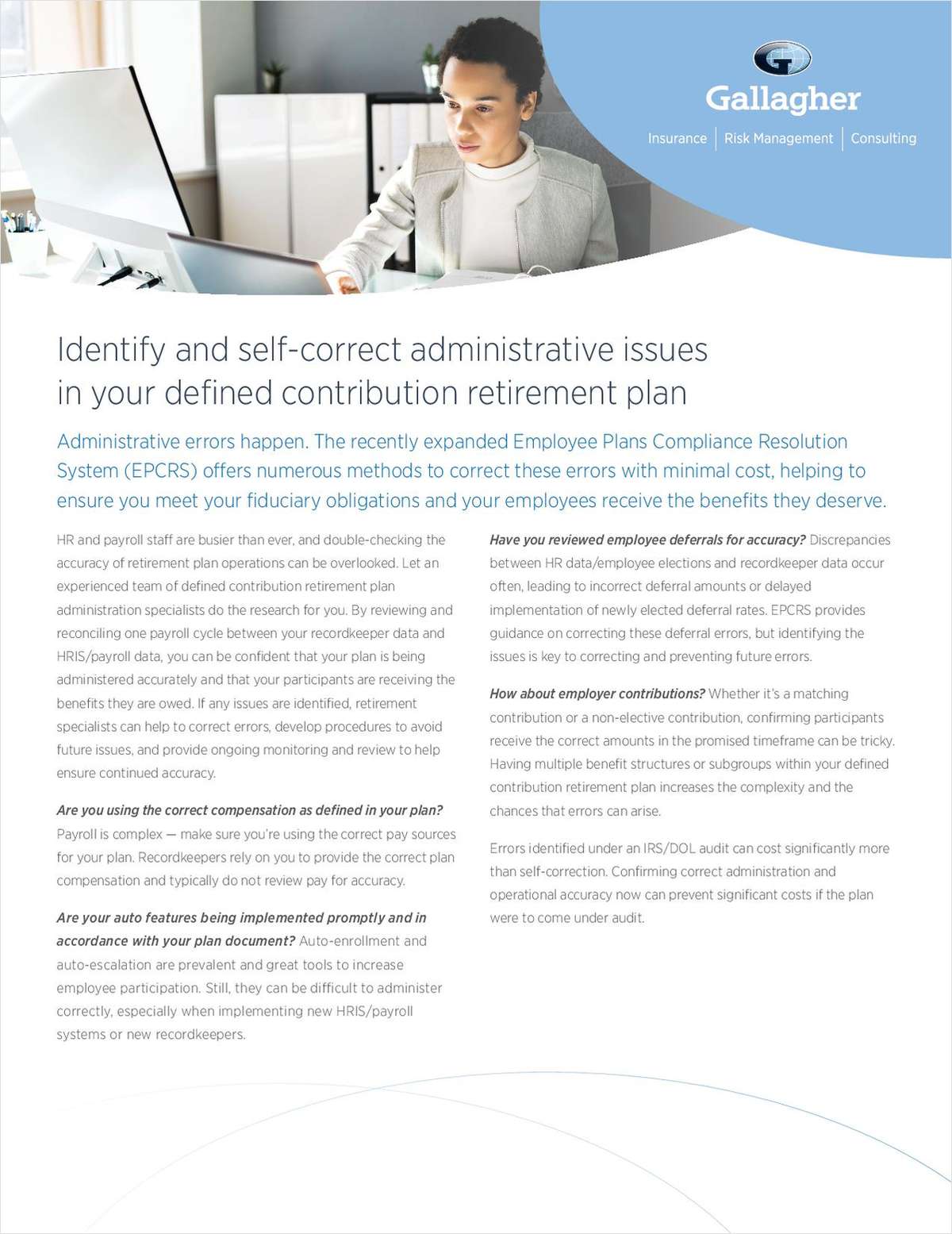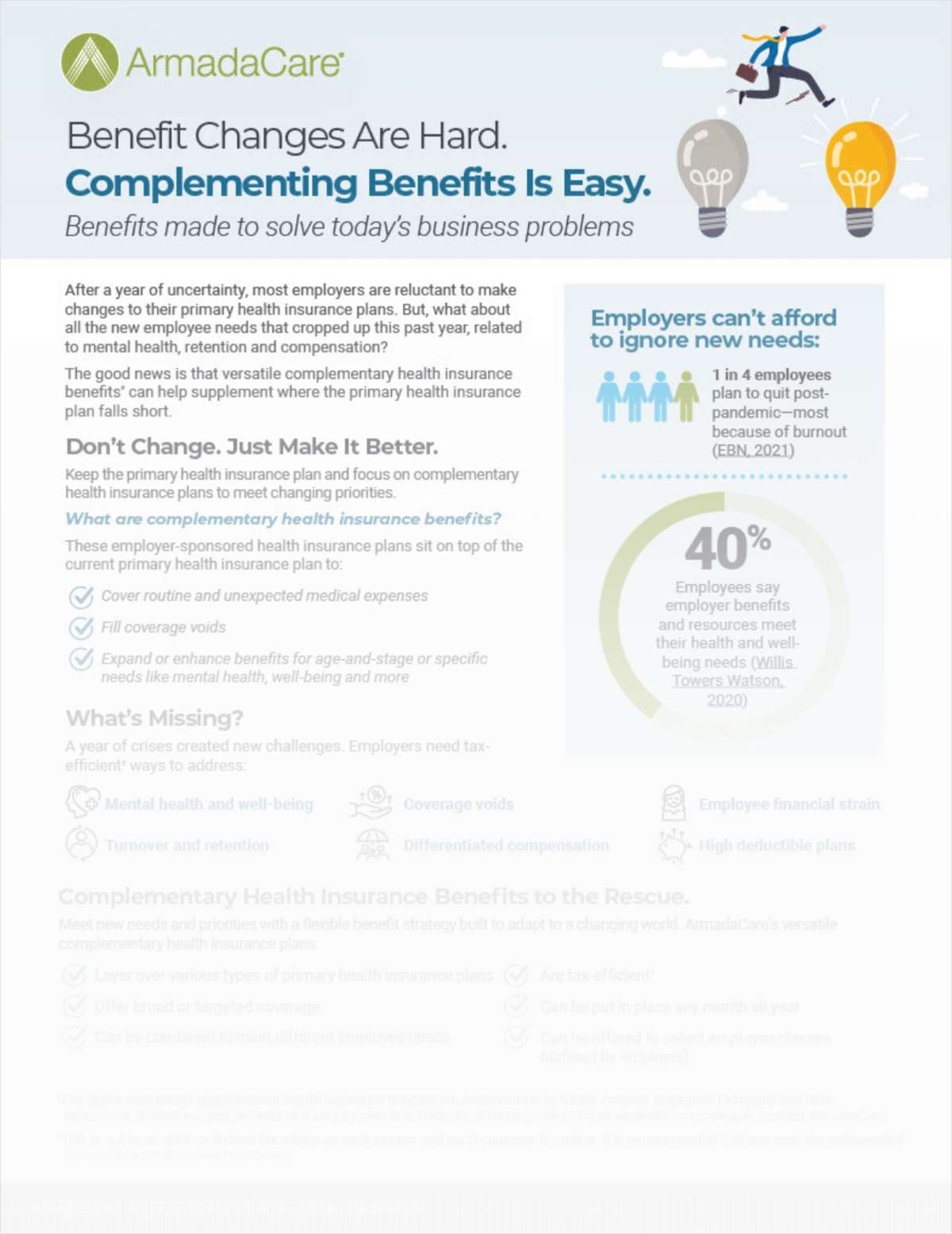Americans waste $163 billion annually due to behaviors related to prescription drugs - like forgetfulness and procrastination - according to a report from pharmacy benefit management company Express Scripts.
The company says the new report is the first ever to analyze these hidden health care costs related to prescription drugs. The Express Scripts 2009 Drug Trend Report - which has been released annually for the past 14 years - quantifies changes in drug spend on a year-to-year basis and details the costly effects of irrational behaviors on pharmacy-related costs.
According to Express Scripts, the $163 billion in wasteful spending results from three key factors:
- $106 billion from medical costs of non-adherence to therapy.
- $51 billion in missed opportunities related to lower-cost medication alternatives, both brand and generic.
- $6 billion in missed opportunities related to lower-cost options for delivery of medications.
Express Scripts says it is the first company to "apply behavioral science to address healthcare challenges that individuals, policymakers and employers have faced for years."
"The good news is that these potential savings in the pharmacy benefit are tied to one of the few variables in healthcare we can readily influence: behavior," said Steven Miller, MD, senior vice president and chief medical officer at Express Scripts. "This research shows that in terms of achieving lower costs and improved outcomes, healthcare reform starts in the home."
Miller added, "If we optimized every individual's behavior relating to prescription drugs, we could achieve savings that in five years would cover the projected costs of the recently passed national healthcare reform legislation."
The report links spending to both market forces and behavioral factors. Overall, the drug spend for the United States increased 6.4 percent in 2009, reversing a pattern of lower drug trend increases in previous years, the report says. Market forces drove trend up by 8.3 percent, while behavior drove down trend by nearly 2 percent.
The Drug Trend Report also concludes that diabetes is the top driver of total cost increases in the traditional drug sector because of growth in utilization and cost per prescription. Spending for drugs used to treat viral infections increased by approximately 25 percent primarily because of increased prevalence of use for agents used to treat influenza.
Complete your profile to continue reading and get FREE access to BenefitsPRO, part of your ALM digital membership.
Your access to unlimited BenefitsPRO content isn’t changing.
Once you are an ALM digital member, you’ll receive:
- Breaking benefits news and analysis, on-site and via our newsletters and custom alerts
- Educational webcasts, white papers, and ebooks from industry thought leaders
- Critical converage of the property casualty insurance and financial advisory markets on our other ALM sites, PropertyCasualty360 and ThinkAdvisor
Already have an account? Sign In Now
© 2024 ALM Global, LLC, All Rights Reserved. Request academic re-use from www.copyright.com. All other uses, submit a request to [email protected]. For more information visit Asset & Logo Licensing.








